Winter Tires: Business Up Front or Party in the Back?

Suppose you have a front-wheel-drive vehicle and you’re looking to fit a set of winter tires. Also, let’s assume that two of those tires have much more tread depth than the other two. On which end of the car do you install the better rubber?
According to the CBC, a woman in Dartmouth, Nova Scotia, Canada (that’s my town!) ran into just this problem, complete with conflicting advice from two repair shops: One said putting the fresher rubber up front is safer as the vehicle is front-wheel drive, while the other said giving the rear more grip is the best course of action to reduce the chance of a spin out.
Which one is correct?
The vehicle in question, owned by Susan Hachey, is a 10-year-old Toyota Echo. She bought two brand-new winter tires and had them fitted to the Echo by Costco, along with two older tires she already owned.
Later, she went to her local Toyota dealership for an oil change. CBC explains:
“As they were doing the oil change they came out and told me the mechanic was recommending the tires with the better tread be put on the front because it was a front-wheel drive,” she said.
So she went back to Costco and asked them to make the change.
“The guy at the counter said, ‘Well no. It’s a safety issue. The tires with the better tread go on the back,”‘ she said.
She pointed out her car was front-wheel drive, but the technician told her it didn’t matter because the tires with the better tread always go on the back.
“Living where we live and considering that we have winter every year, I couldn’t believe I was getting conflicting information from two reputable organizations,” Hachey said.
As it turns out, the Costco technicians are correct, at least according to Popular Mechanics:
The truth: Rear tires provide stability, and without stability, steering or braking on a wet or even damp surface might cause a spin. If you have new tires up front, they will easily disperse water while the half-worn rears will go surfing: The water will literally lift the worn rear tires off the road. If you’re in a slight corner or on a crowned road, the car will spin out so fast you won’t be able to say, “Oh, fudge!”
There is no “even if” to this one. Whether you own a front-, rear- or all-wheel-drive car, truck, or SUV, the tires with the most tread go on the rear.
However, as is typically the case, not all is as it seems.
In their defense, vice president of service operations for O’Regan’s Toyota Tim Manuel said, “Generally our policy is that the best tires would go on the rear,” but in the case of Hachey’s Echo it’s “debatable” whether the new tires should go on the front or rear as the old tires were worn to 4/32nds of an inch of tread remaining, making them fairly useless in the snow.
In Nova Scotia, a tire worn to 2/32nds of an inch would be cause for failing the province’s vehicle inspection process. Summer, all-season and winter tires are all held to the same tread depth benchmark for inspections in Nova Scotia, as well. While winter tires are constructed of rubber compounds to provide better traction in colder temperatures on bare surfaces, more than 2/32nds — or even 4/32nds — of an inch of tread is needed for winter tires to perform in snow.
According to Hachey, she didn’t know because she was never told her older tires were unsafe.
So, bottom line: If you absolutely must run two newer and two older tires on the same vehicle, fit the newer ones at the rear. But if you can come up with the extra scratch, do us all a favor and please buy a full set of winter tires — even if they’re the cheap ones.
[Photo: Washington State DOT]

More by Mark Stevenson
Latest Car Reviews
Read moreLatest Product Reviews
Read moreRecent Comments
- 28-Cars-Later So Honda are you serious again or will the lame continue?
- Fred I had a 2009 S-line mine was chipped but otherwise stock. I still say it was the best "new" car I ever had. I wanted to get the new A3, but it was too expensive, didn't come with a hatch and no manual.
- 3-On-The-Tree If Your buying a truck like that your not worried about MPG.
- W Conrad I'd gladly get an EV, but I can't even afford anything close to a new car right now. No doubt if EV's get more affordable more people will be buying them. It is a shame so many are stuck in their old ways with ICE vehicles. I realize EV's still have some use cases that don't work, but for many people they would work just fine with a slightly altered mindset.
- Master Baiter There are plenty of affordable EVs--in China where they make all the batteries. Tesla is the only auto maker with a reasonably coherent strategy involving manufacturing their own cells in the United States. Tesla's problem now is I think they've run out of customers willing to put up with their goofy ergonomics to have a nice drive train.

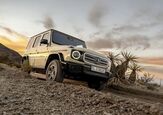
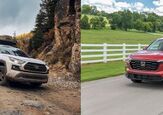
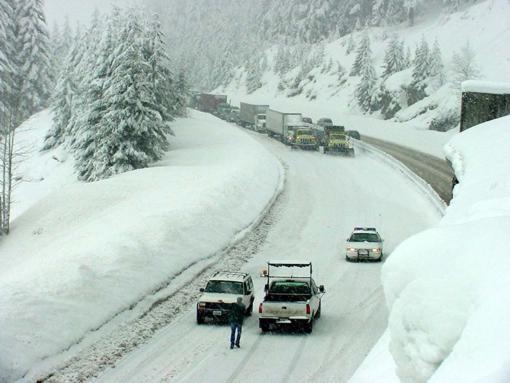












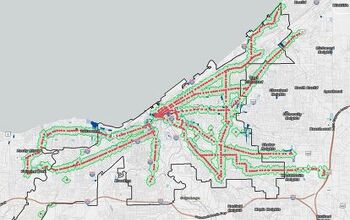
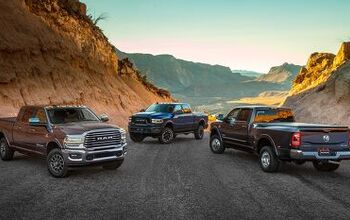

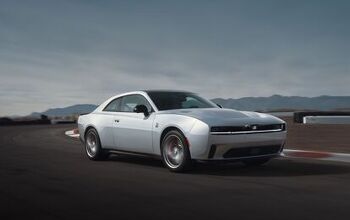

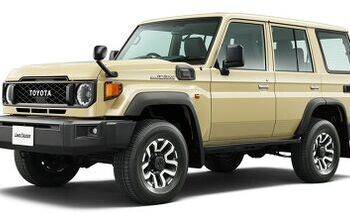

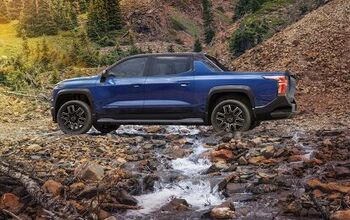
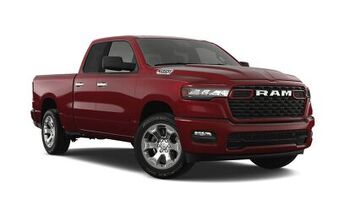
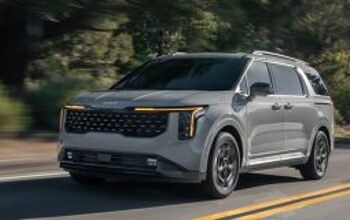



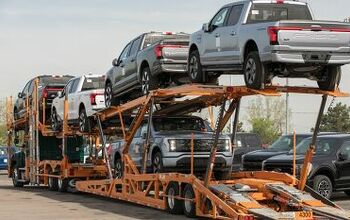

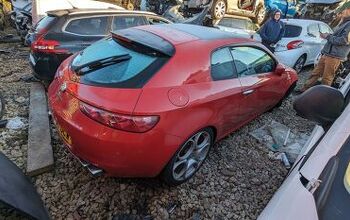
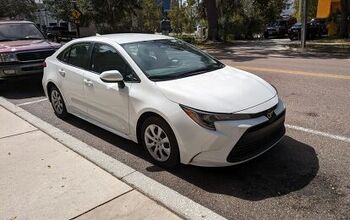
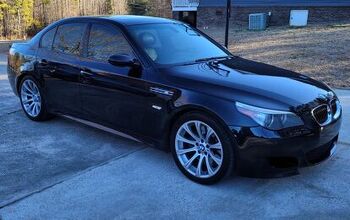
Comments
Join the conversation
Back. The best tires always go in the back.
Crikey. Learn to drive. Who cares what tires are in what position? It's snow, folks, it's not going to matter much if you can't drive in it in the first place.